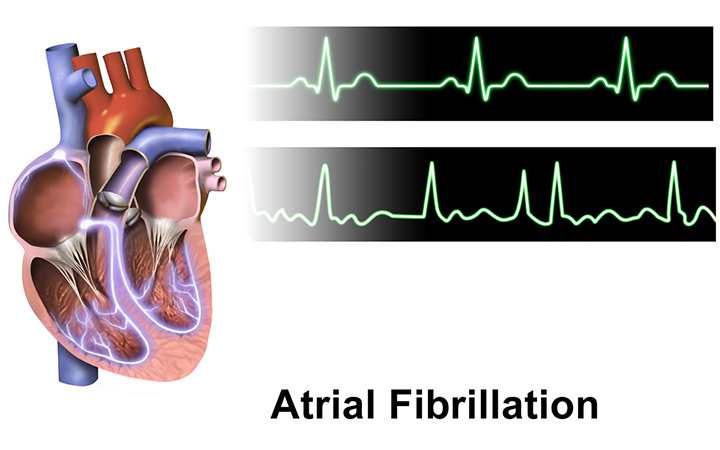
Related Posts

ARE YOU DEFICIENT IN OMEGA-3 FATTY ACIDS?
Related PostsRecently,...

WILL FISH OIL HELP OR HURT YOUR HEART?
Related PostsOmega-3...
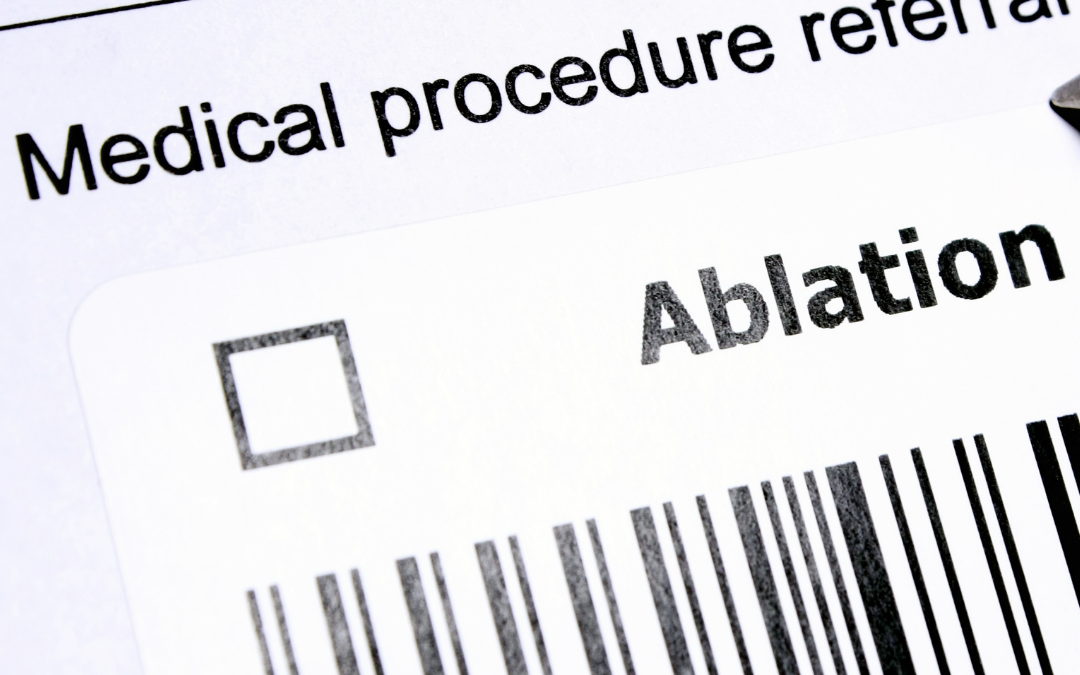
EARLY ABLATION FOR ATRIAL FIBRILLATION: IS IT BETTER THAN LIFESTYLE MODIFICATIONS?
Related PostsIn my...
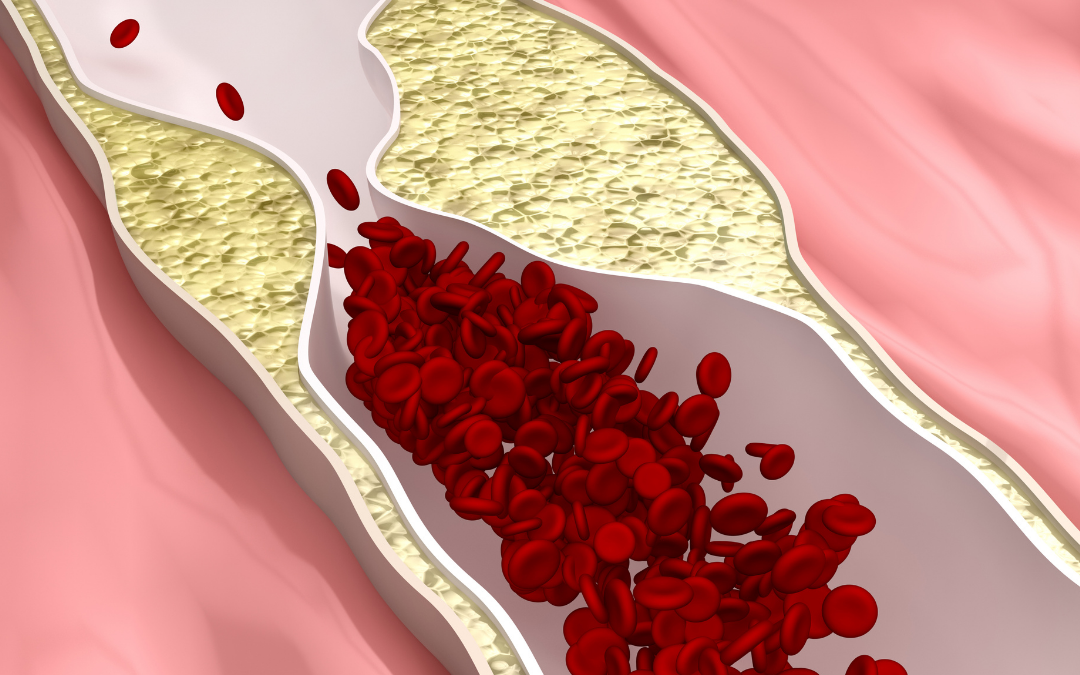
THE FUTURE OF PLAQUE IMAGING & DIAGNOSING CORONARY ARTERY DISEASE
Related PostsWhat is...

IS YOUR GUT THE CAUSE OF YOUR HEART DISEASE?
Related PostsAt...

ABLATION AND BEYOND FOR ATRIAL FIBRILLATION
Related PostsShould...
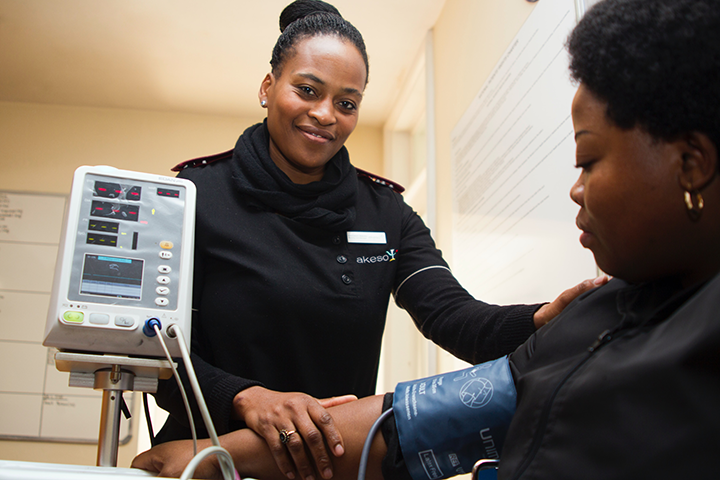
NATURAL WAYS TO DO WHAT STATINS DO
Related PostsStatin...

CARDIOVASCULAR DRUGS AND POTENTIAL NUTRIENT DEFICIENCIES
Related PostsCommon...

TREATING ATRIAL FIBRILLATION WITH ACUPRESSURE
Atrial fibrillation (AF) is a common heart disease we treat at Colorado Functional Cardiology. But what is it, and how does it impact our heart health? Atrial fibrillation produces triggers and substrate in an affected heart.
Triggers are extra electrical impulses in the heart, called ectopy. Substrate is damage to the atria (the upper chambers of the heart) that allows those electrical impulses to circulate around the atria in a chaotic way.
If your atrial fibrillation is intermittent, you have more triggering going on, but relatively less substrate.
What causes these triggering ectopic electrical impulses?
Triggers often occur because the autonomic nervous system is out of balance. Lowering our sympathetic stress response can reduce atrial fibrillation triggers and make atrial fibrillation episodes less frequent.
Stress reduction, mindfulness practices including meditation, and biofeedback techniques such as HeartMath can help rebalance the autonomic nervous system.
Acupuncture to rebalance the autonomic nervous system
Atrial fibrillation episodes can be reduced with acupuncture at the Nei guan P-6 site in the wrist. But you don’t need to go to an acupuncturist to get similar benefits—you can try acupressure at home.
Acupressure of the same site is called median nerve stimulation. Here’s how to do it:
- Position your hand so that your fingers are pointing up and your palm is facing you.
- To find pressure point P-6, place the first 3 fingers of your opposite hand across your wrist (see Figure 1). Then, place your thumb on the inside of your wrist just below your index finger (see Figure 2). You should be able to feel 2 large tendons (tissue that connects muscles to bones) under your thumb. This is pressure point P-6.

Figure 1. Placing 3 fingers across wrist
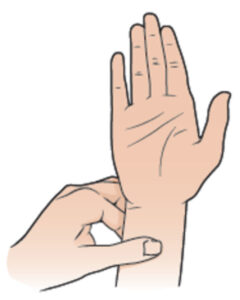
Figure 2. Placing thumb on point below index finger
3. Use your thumb or forefinger to press on this point for 2 to 3 minutes. Move your thumb in a circle while applying pressure. Be firm, but don’t press so hard that it hurts.
4. Repeat the process on your other wrist.
Add median nerve stimulation a couple of times each day to your mindfulness practice to rebalance your autonomic nervous system. You may see an improvement to your heart rate variability (HRV) or fewer episodes of atrial fibrillation. Do not stop following medications or advice prescribed by your doctor.
At CFC, we focus on holistic and mindfulness treatments alongside cardiology care to help you resolve the root causes of AF.
Should you get an ablation? Read more about treatment options for atrial fibrillation here.
